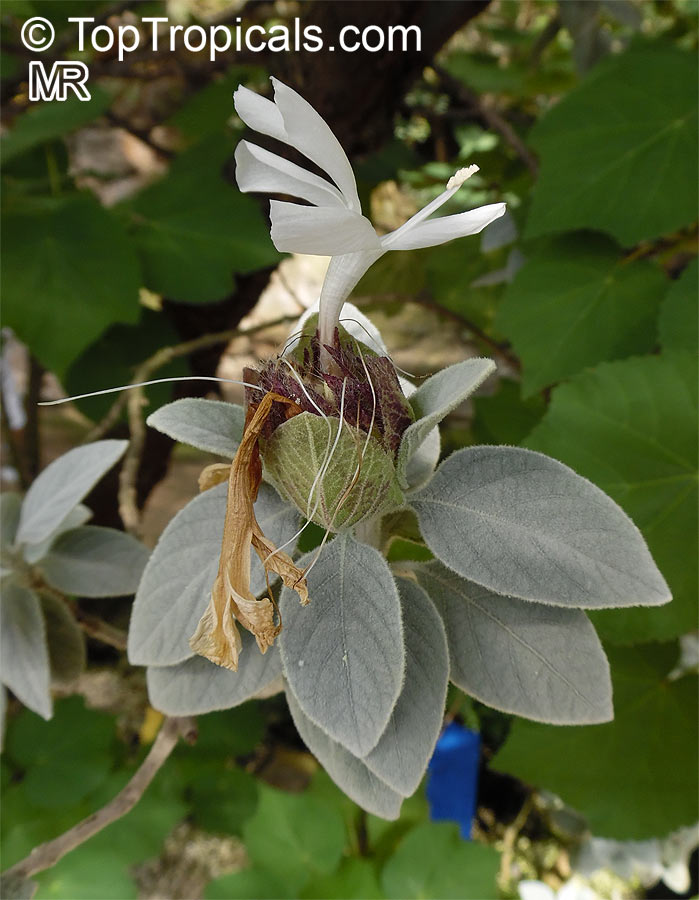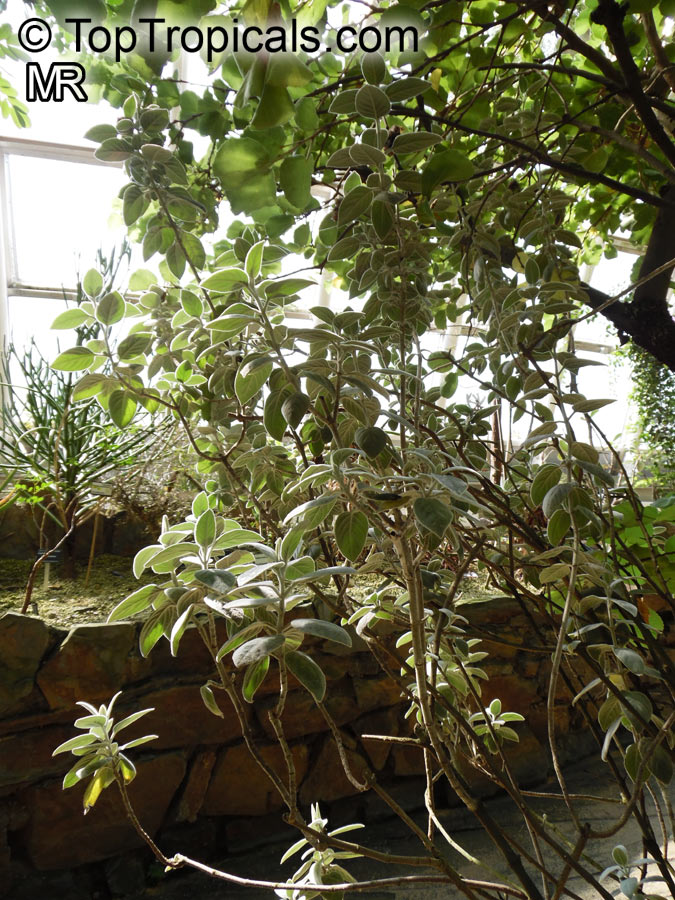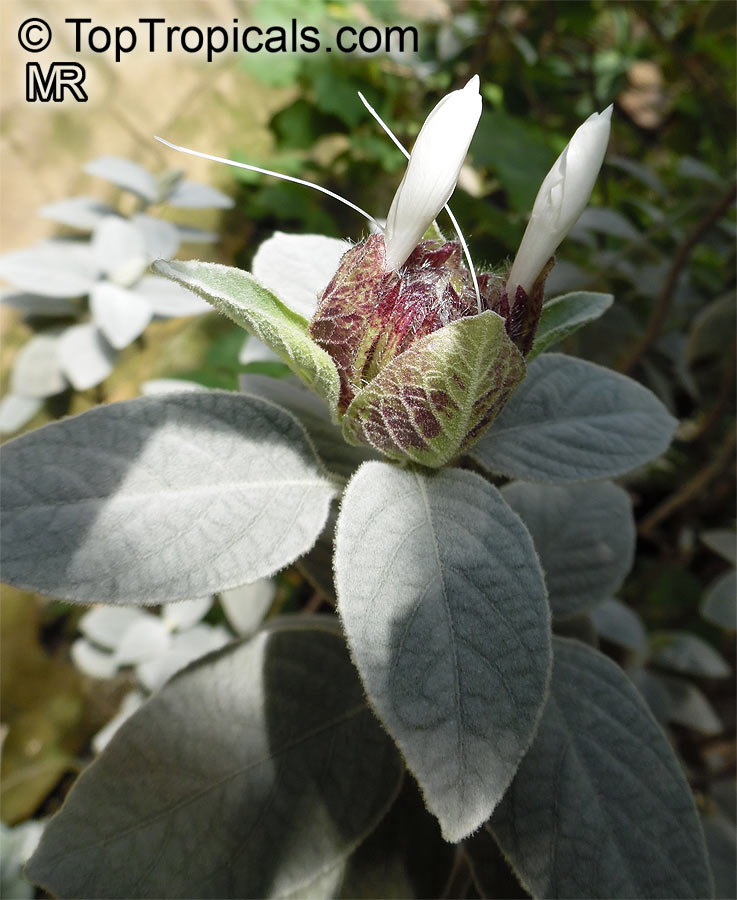Barleria - Search results
Top Tropicals Plant Encyclopedia
| Number of plants found: 11 | Next | 
|
Go to page: | 1 | 2 |
Botanical name: Barleria albostellata
Common name: Grey Barleria
Family: Acanthaceae
Origin: South Africa





This medium to large shrub produces beautiful white tubular flowers from September to January. In contrast to the flowers, the leaves are grey-green and conspicuously velvety/hairy.
Link to this plant:
https://toptropicals.com/catalog/uid/barleria_albostellata.htm
| Next |  |
Use link to repeat this search:
https://toptropicals.com/cgi-bin/garden_catalog/cat.cgi?find=Barleria&search_op=and&keyword_op=and&language=e&number=10
&no_change_lang=1&user=tt&sale=1&first=0



